[Film] [Photos] [News Coverage] [History];[Slide Show]

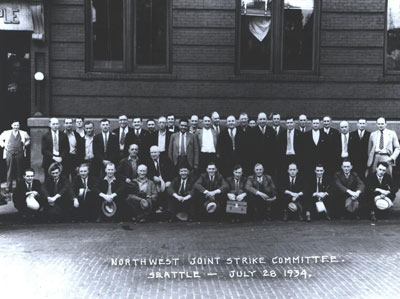


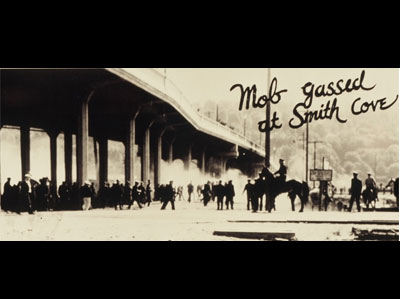

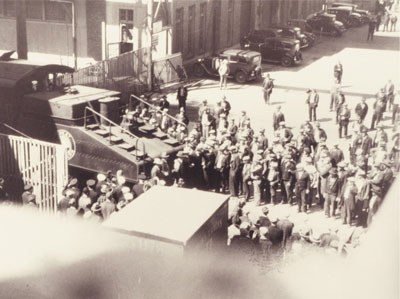
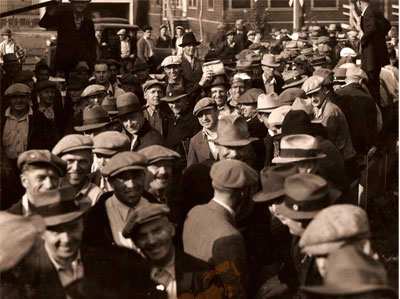
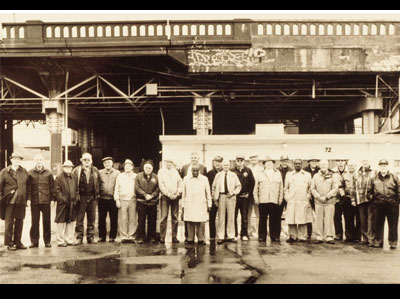

Photo Archive Links above and below lead to a short film, a slideshow with original newsreel footage, oral histories, several photographic collections, rare documents, important essays, and an archive of digitized newspaper articles about the strike.
The 83 day strike that closed West Coast ports in May, June, and July of 1934 did more than secure a victory for the striking longshoremen. It launched the modern labor movement in the western United States.
Forged in the violence and determination of those eighty-three days, was a powerful union that would later rename itself the International Longshoremen and Warehousemen Union (ILWU) and take the lead in creating a CIO presence on the West Coast, helping to launch a dozen other unions.
Forged too was a powerful rivalry between the ILWU and the International Brotherhood of Teamsters. Allies in 1934, the two unions would battle for supremacy on the West Coast for the next two decades, with sharply contrasting visions: the left-wing ILWU-CIO versus the conservative IBT-AFL.
This special section explores the history and impact of the Great Strike, focusing especially on events in the Puget Sound ports. Historians have paid more attention to San Francisco where the dock strike turned into a three-day General Strike that brought the city to a standstill and encouraged federal intervention. Events in Seattle, Tacoma, Everett, and other Puget Sound ports were only slightly less dramatic and no less pivotal. Without the total solidarity that kept every port closed to shipping the 1934 strike would have failed.Links above and below lead to a short film with original newsreel footage, an introductory slideshow, oral histories, photographic collections, rare documents, important essays, and an archive of digitized newspaper articles about the strike.
Start with "War on the Docks: Puget Sound's Longshoremen in the 1934 Strike" a slideshow produced by Steven Beda
And the 12-minute film "The 1934 West Coast Longshore Strike" written and narrated by historian Ron Magden.
Read "Labor's Great War on the Seattle Waterfront: A History of the 1934 Longshore Strike," a detailed account of the eighty-three day struggle written by Rod Palmquist and illustrated with photos and newspaper headlines.
Examine the photograph collections that are made available here thanks to Ron Magden, Lonnie Nelson, the Museum of History and Industry, and the UW Library's Digital Collections.
Read the issues of the Waterfront Worker, the strike newspaper published by rank and file longshoremen. This rare newspaper has been fully digitized with the cooperation of the ILWU Archive which owns most of the issues.
Explore the special section for rank and file leader and ILWU president Harry Bridges. Included are historic photos and video, interviews, a brief biography and links to related resources.
The 1934 Strike gave birth to the ILWU, the union that represents West Coast longshore workers. To find out more about longshore work and workers visit our section about longshoring: Longshore Workers and Their Unions. You will find links to relavent primary and interactive secondary source materials.
Rachelle Byarley analyzes the press coverage of the strike in her essay "The Seattle Press and the 1934 Strike"
Here are more than 600 fully readable newspaper articles about the strike that appeared in Seattle newspapers between May and August 1934